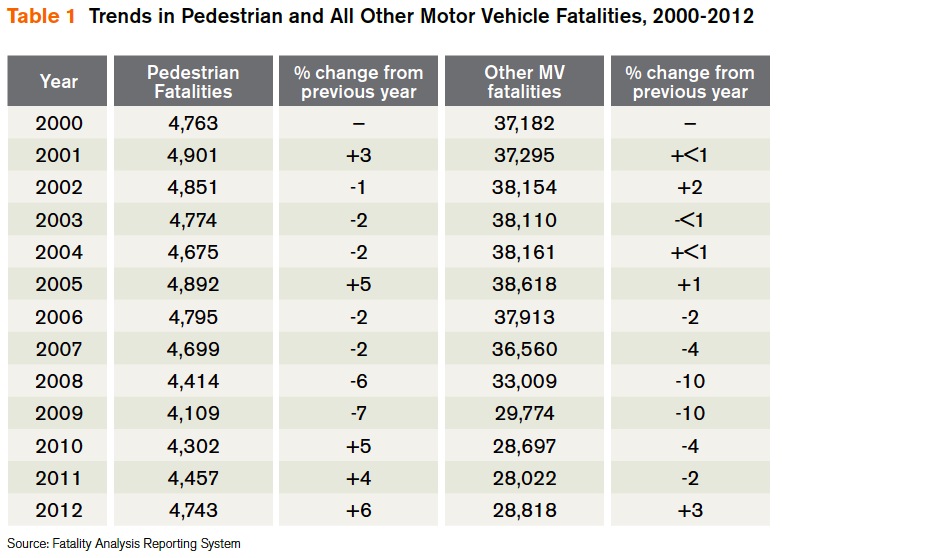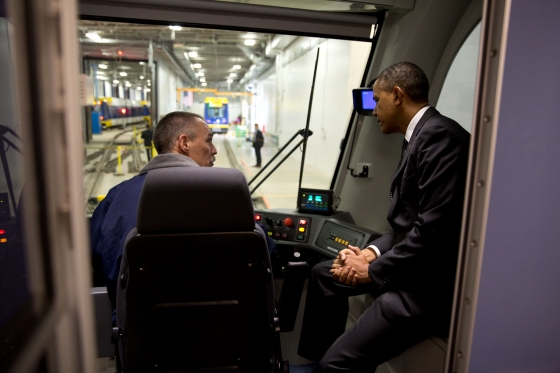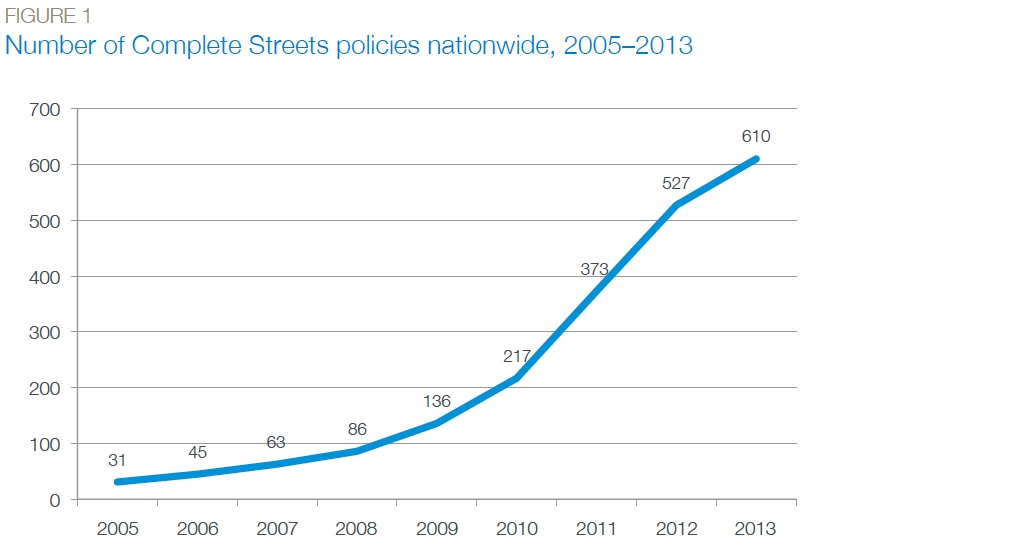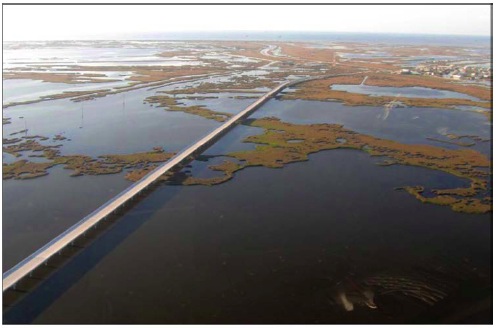Innovation Newsbriefs
Vol. 25, No. 4 rev
For the transportation community, anxious about the uncertain future of the surface transportation program, recent events offered little reassurance. The President’s proposal for a four-year $302 billion transportation reauthorization, part of the administration’s FY 2015 Budget, met with a skeptical reception on Capitol Hill. “This budget isn’t a serious document; it’s a campaign brochure,” House Budget Committee Chairman Paul Ryan (R-WI) said dismissively. “Perhaps the most irresponsible budget yet,” commented House Speaker John Boehner (R-OH). The lawmakers’ negative reaction was no doubt amplified by the fact that the President’s budget ignored the spending levels painfully negotiated by Sen. Patty Murray (D-WA) and Rep.Ryan just last December. The Administration’s proposal exceeds the bipartisan budget agreement by $56 billion.
View this complete post...
Tags: Budget Proposal, C. Kenneth Orski, Innovation Newsbriefs, Ken Orski
Posted in
Bipartisan, Funding, National, Policy, The Infra Blog
Comments Off on As Congress Struggles for Ways to Fund the Next Transportation Reauthorization, States Are Taking Matters Into Their Own Hands




















 RSS Feed
RSS Feed